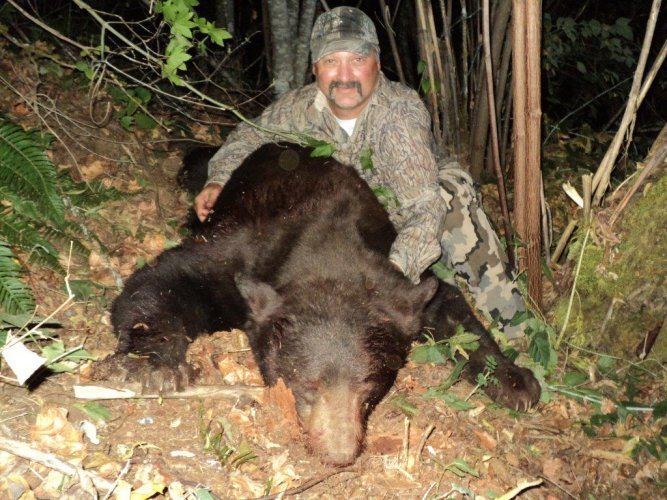ImBillT
Well-known member
- Joined
- Oct 29, 2018
- Messages
- 3,940
I’m not guessing his age either but he’s old. I haven’t seen him in a few months and suspect he died. I agree that he was likely never good buck, but I’m confident that 3+ years ago he had better antlers than last year and this year. Hunting there for ten years I don’t think I’ve seen a 3.5yr old with antlers that poor. He could easily be the worst, and that could be why he got old. Still, I’ve seen the occasional old deer there, and they’re usually better than him.Looking at that nose, I would say he is old. I would also bet he was never much for antlers. Tough to guess age from a few pictures, I like to have a few years of history before I start to estimate age.
I don't have the data you are looking for, I base my thoughts on the dozens of whitetail deer I have watched grow old. Almost all of them grew their best set of antlers past the age of 5 or 6. I found the sheds from most of those deer. In this thread I have posted examples of three. All three are at least 8 years old and all three grew the best set the last year of there life. Some of the dozens grew antlers in the 160+ others never topped 100. Often there was a peak at age five or 6, but just as often those deer recovered and grew even bigger antlers later in life. The two dead head I posted in this tread are good examples of this. ( just noticed that I misplaced the antlers in the picture of the antlers in a row. The second and third set should be swapped.)









